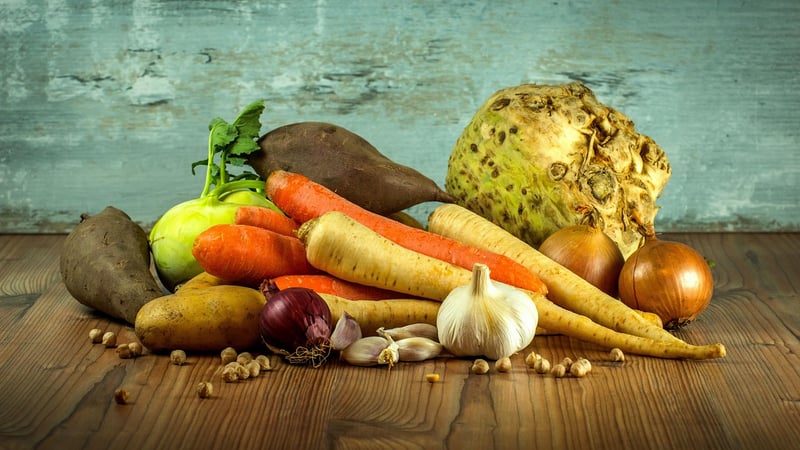Gluten-Free Options
Diversifying Baking Elements + Gluten-Free Options
The Art of Baking: Exploring New Ingredients
Baking is not just a science; it's also an art. While traditional baking ingredients like flour, sugar, and butter are staples in most recipes, there is a world of other elements waiting to be discovered. By diversifying your baking elements, you can elevate your creations to new heights and surprise your taste buds with unique flavors and textures.
1. Alternative Flours
One of the easiest ways to diversify your baking is by exploring alternative flours. Gluten-free options like almond flour, coconut flour, or rice flour can add a nutty flavor and a lighter texture to your baked goods. These flours are also suitable for individuals with gluten sensitivities or celiac disease.
2. Natural Sweeteners
Move beyond traditional white sugar and experiment with natural sweeteners like honey, maple syrup, or agave nectar. Not only do these sweeteners add unique flavors to your baked goods, but they also offer additional nutrients and a lower glycemic index compared to refined sugar.
3. Plant-Based Dairy Alternatives
If you are looking to reduce your dairy intake or cater to a vegan audience, consider using plant-based dairy alternatives like almond milk, coconut milk, or oat milk in your baking. These alternatives can lend a subtle flavor and creaminess to your creations without compromising on taste or texture.
Gluten-Free Baking: Delicious and Inclusive
For individuals with gluten intolerance or those following a gluten-free diet, baking can be a challenge. However, with the rise of gluten-free options in the market, it has become easier than ever to create delicious treats that everyone can enjoy.
1. Gluten-Free Flour Blends
Gluten-free flour blends are specially formulated to mimic the texture and taste of traditional wheat flour without the gluten. These blends typically include a mix of rice flour, potato starch, and tapioca flour, among others, to achieve the desired baking results.
2. Nut and Seed Flours
Nut and seed flours like almond flour, coconut flour, or flaxseed meal are naturally gluten-free and offer a nutrient-rich alternative to traditional wheat flour. These flours can add a unique flavor profile and a moist texture to your gluten-free baked goods.
3. Binding Agents
Since gluten is responsible for providing structure and elasticity in baking, it's essential to incorporate binding agents like xanthan gum or guar gum in your gluten-free recipes. These additives help mimic the binding properties of gluten and prevent your baked goods from becoming crumbly.
By diversifying your baking elements and exploring gluten-free options, you can unlock a world of culinary possibilities and cater to a wider audience with varying dietary needs. So, roll up your sleeves, preheat that oven, and get ready to embark on a baking adventure like never before!


